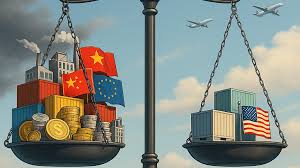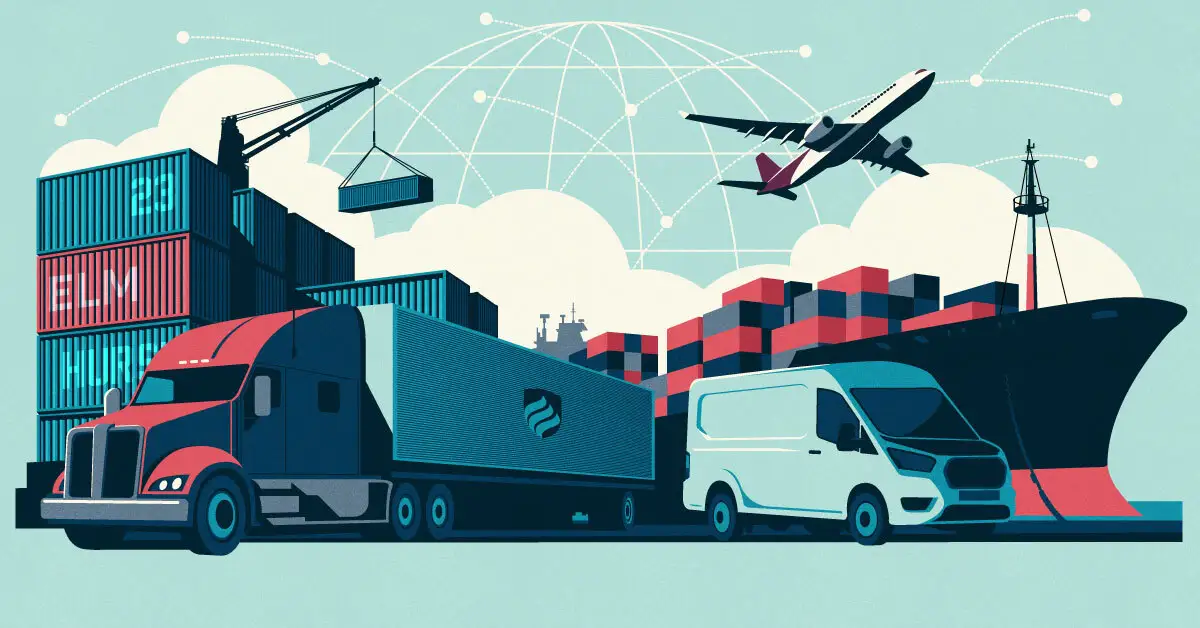Tariffs—once thought to be relics of pre-globalization economic policy—have returned with a vengeance. After decades of declining import duties and multilateral trade liberalization, the 21st century has ushered in a new wave of protectionism. From the United States to India, from Europe to China, governments are once again turning to tariffs not just to manage trade balances, but to assert sovereignty, defend industries, and realign global power. Discover the tariff comeback and why tariffs made a dramatic return in the 21st century, fueled by economic nationalism, fragile supply chains, and the rise of China.
What changed? The short answer: everything. The rise of China as a manufacturing superpower, the vulnerabilities exposed by COVID-era supply chain disruptions, and the political resurgence of economic nationalism have all fueled a rethinking of free trade orthodoxy. Tariffs are now wielded as geopolitical tools—used to punish adversaries, incentivize reshoring, and protect strategic sectors from foreign dominance.
In this blog, we trace the modern revival of tariff policy, assess its causes and consequences, and consider what it means for the future of global commerce. We include key facts, figures, and the perspective of Mattias Knutsson, Strategic Leader in Global Procurement and Business Development, to explore how this new protectionist era is reshaping markets and politics alike.
The Tariff Comeback: From Trade Liberalization to Strategic Tariff Deployment

Throughout the 20th century, U.S. trade policy emphasized liberalization. But beginning in the early 2000s, cracks began to form:
- Rising trade deficits with countries like China and Mexico.
- Loss of U.S. manufacturing jobs, particularly in the Midwest.
- Political backlash against globalization from both the left and right.
Major Policy Shifts:
- 2001 – China joins WTO, intensifying import competition.
- 2016 – Brexit referendum and Trump campaign popularize anti-global trade rhetoric.
- 2018–2020 – Trump administration imposes tariffs on $360B of Chinese goods.
- 2020–2022 – COVID-19 exposes supply chain fragility, reshaping trade priorities.
Key Drivers of the Tariff Resurgence
1. Economic Nationalism
Political leaders increasingly promote policies that prioritize domestic jobs and industries.
- Trump’s “America First” platform centered tariffs as a tool to revive U.S. manufacturing.
- India’s “Make in India” initiative raises import duties on electronics and defense products.
- France, Germany, and others push for “strategic autonomy” in semiconductor production.
2. Supply Chain Fragility
COVID-19 highlighted global dependence on single-source suppliers, particularly in China:
- 80% of U.S. antibiotics are sourced from China.
- Global chip shortage from 2020–2022 disrupted the auto and tech industries.
Tariffs, alongside subsidies, are now used to encourage local production of critical goods.
3. Geopolitical Competition with China
The U.S.–China trade war, begun in 2018, was a watershed moment:
- $360 billion in tariffs imposed by the U.S. on Chinese goods.
- China retaliated with tariffs on $110 billion in U.S. exports.
- U.S. imports from China fell by 16% between 2018 and 2020.
Tech and national security concerns have expanded tariffs beyond basic goods to include:
- Semiconductors
- Solar panels
- Telecom equipment (e.g., Huawei bans)
Data Snapshot: The New Tariff Landscape
| Country | Avg. Tariff (2023) | Key Tariff Targets | Notable Trade Actions |
|---|---|---|---|
| United States | ~2.4% (overall) | Steel, aluminum, semiconductors, solar | Section 232 & 301 tariffs on China |
| China | ~3.4% | Agriculture, autos, electronics | Retaliatory tariffs on U.S. goods |
| India | ~13.5% | Consumer electronics, medical imports | Make in India tariff hikes |
| EU | ~2.0% | Digital services, carbon-heavy goods | Proposed Carbon Border Adjustment Mechanism |
Tariffs Meet Industrial Policy: The Return of Strategic Economics
Rather than acting in isolation, tariffs are increasingly paired with industrial policies:
- CHIPS and Science Act (U.S.): $52 billion for domestic semiconductor production.
- IRA (Inflation Reduction Act): Tax incentives favor U.S.-made electric vehicles and batteries.
- EU Chips Act: €43 billion to boost European chipmaking.
The use of tariffs here is defensive—meant to give local firms breathing room to scale.
Global Response and Retaliation
Countries have not remained passive:
- Mexico and Canada imposed retaliatory tariffs on U.S. agricultural and industrial goods.
- China reduced tariffs with other Asian countries under the RCEP agreement.
- Europe initiated legal challenges at the WTO and pursued “green tariffs.”
Despite WTO rulings against certain tariffs, enforcement remains weak, and many countries are shifting toward bilateral or regional pacts that bypass traditional arbitration.
Conclusion:
The comeback of tariffs in the 21st century represents more than just a shift in economic thinking—it reflects a deeper recalibration of how nations define security, sovereignty, and strategic advantage. As free trade ideals give way to controlled competition, governments are embracing tariffs not as blanket tools of isolation, but as tactical instruments in broader economic plans.
This evolving trade landscape will demand agility from corporations, foresight from policymakers, and resilience from supply chains.
Mattias Knutsson, a Strategic Leader in Global Procurement and Business Development, captures the essence of this moment:
“Tariffs are no longer just about economics—they’re about control. They signal a shift from interdependence to strategic resilience. Navigating this environment requires not just operational adjustments, but a geopolitical mindset.”
As the world redefines its rules of commerce, the return of tariffs signals a more fragmented yet calculated era—where trade policy is as much about national identity as it is about economic growth.
Trumps Tariffs Trade War Series:
Historical Background
- From Protection to Prosperity: The Role of Tariffs in Financing Early America
- The Tariff Battles of the 19th Century: Industrial Growth and Political Divide
- How Tariffs Built Railroads, Factories, and the American Dream (1800–1912)
Background to Today’s Tariffs
- From Smoot-Hawley to the WTO: A Century of Trade Policy Shifts
- The Rise of Free Trade and the Decline of Tariffs: 1945 to 2000
- The Tariff Comeback: Why Tariffs Returned as a Political Weapon in the 21st Century
Trump Tariffs Deep Dive: Trade Wars with the EU, China, and Beyond
- Trump’s Tariff Strategy: National Security or Economic Gamble?
- EU Under Pressure: Wine, Steel, and the Automotive Tariff Threat
- The U.S.-China Trade War Timeline: From Tariff Waves to Tech Decoupling
- Collateral Damage: How Trump Tariffs Affected Mexico, Canada, India, and Japan
Country-by-Country Response Monitoring: Reactions to Trump’s 2025 Tariff Hike
- China Strikes Back: Export Controls, Rare Earths, and Consumer Tech Retaliation
- European Union’s Balancing Act: Strategic Patience or Trade Fight Ahead?
- Japan and South Korea: Strategic Allies or Silent Rivals in Tariff Diplomacy?
- ASEAN & India: Winners or Losers in the Tariff Shuffle?
- South America’s Role in a Polarized Trade World
Ongoing Monitoring and News Reaction: Tracking Trump’s Tariffs in Real-Time
- Week-by-Week: The Global Market Reaction to Trump’s 2025 Tariff Policy
- U.S. Companies Caught in the Crossfire: How Businesses Are Adjusting to Tariff Shocks
- From Retail to Rare Earths: Key Sectors Most Affected by New Tariffs
- Trade Talks Tracker: Are New Negotiations a Signal of Resolution or More Chaos?
- Inside the Beltway: How Congress, Lobbyists, and Think Tanks are Shaping the Tariff Narrative





